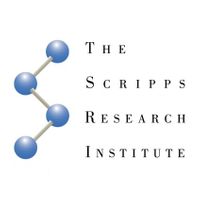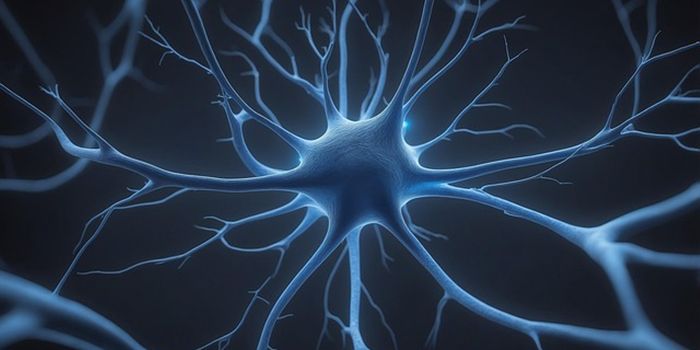LA JOLLA, CA – July 13, 2016 – With the Rio Olympics just weeks away, many are wondering how Jamaican sprinter Usain Bolt will perform. Bolt is the fastest runner ever timed, but he’s also been nursing a tendon injury—the kind of injury that can take years to heal.
Why are tendon injuries—which also plague Kobe Bryant and Serena Williams, among many others—so tough to treat? Scientists at The Scripps Research Institute (TSRI) are working to answer that question by investigating how tendons develop and stay healthy in the first place.
“If we understand the molecular mechanisms of tendon development, we can apply the findings to develop a new regenerative therapy for tendon diseases and injuries,” said Hiroshi Asahara, a professor of molecular and experimental medicine at TSRI with joint appointments at Tokyo Medical and Dental University and the Japan Science and Technology Agency.
Now a new study from Asahara and his colleagues reveals the role of a gene called Mkx in maintaining and strengthening tendons in animal models. This gene also appears to prevent a debilitating tendon condition called “ossification.”
The findings, published as the cover article in the July 12 edition of the journal Proceedings of the National Academy of Sciences (PNAS), may bring doctors closer to one day using gene therapies to grow and repair tendons.
CRISPR/Cas9 Leads to Better Tendon Models
The new research built on previous studies showing that Mkx codes for a “transcription factor” called Mohawk (MKX), which tells cells to differentiate into tendon tissues when an embryo is first forming in utero.
Once formed, tendons end up with just a small sprinkling of cells among tight bundles of collagen and elastin fibers. These fibers make tendons flexible and strong, but the lack of cells—which produce the proteins needed for regeneration—makes injuries slow to heal.
In the new study, Asahara and his team wanted to study the possible role of Mkx in adult animals. They used a relatively new gene-editing system, called CRISPR/Cas9, to disable (“knock out”) Mkx in rat models. Creating knockouts was a significant advance in itself because rat embryonic stem cells are notoriously difficult to manipulate for these types of studies.
Gene Provides Life-Long Tendon Maintenance
The researchers then looked at Mkx to see if it was expressed in embryonic and adult rats. It was, suggesting that the gene indeed has a role later in life.
In fact, the researchers found that Mkx appears to be critical for sensing mechanical stress in tendons through adulthood. The MKX transcription factor appears to respond to stretching in the tendon by forming more tenocytes, the cells needed to maintain tendon fibers. In this way, MKX keeps tendons strong.
MKX also seems to prevent tendon cells from accidentally differentiating into cartilage or bone cells. The development of bone cells in the Achilles tendons and the cervical ligaments, called ossification, causes serious clinical problems, but the molecular mechanisms behind the phenomenon were previously unclear.
“Our findings should help to understand the pathogenesis of this disease and provide therapeutic clues,” said Asahara.
The researchers believe that future gene therapies could target Mkx to strengthen tendons. Asahara also highlighted the potential for using CRISPR/Cas9 in further studies of rats and larger animals, providing a new window into physiology.
In addition to Asahara, authors of the study, “
Gene targeting of the transcription factor Mohawk in rats causes heterotopic ossification of Achilles tendon via failed tenogenesis,” were Hidetsugu Suzuki, Yoshiaki Ito, Satoshi Yamashita, Shizuko Ichinose, Akio Kishida, Takuya Oyaizu, Tomohiro Kayama, Ryo Nakamichi, Naoki Koda, Kazuyoshi Yagishita and Atsushi Okawa of Tokyo Medical and Dental University; Martin K. Lotz of the Japan Science and Technology Agency and Masahiro Shinohara of Tokyo Medical and Dental University and the Japan Science and Technology Agency.
This article was originally published on
Scripps.edu.









